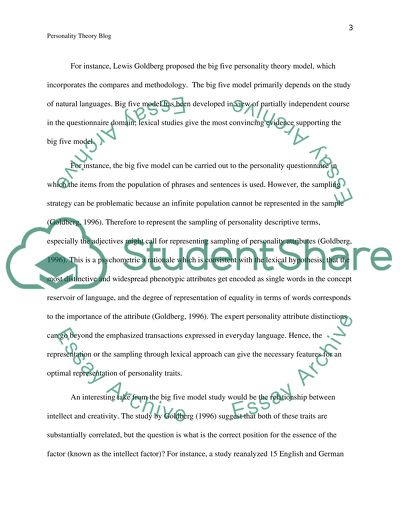Cite this document
(“Personality Theory Blog - 450 Assignment Example | Topics and Well Written Essays - 1000 words”, n.d.)
Retrieved from https://studentshare.org/psychology/1658598-personality-theory-blog-450
Retrieved from https://studentshare.org/psychology/1658598-personality-theory-blog-450
(Personality Theory Blog - 450 Assignment Example | Topics and Well Written Essays - 1000 Words)
https://studentshare.org/psychology/1658598-personality-theory-blog-450.
https://studentshare.org/psychology/1658598-personality-theory-blog-450.
“Personality Theory Blog - 450 Assignment Example | Topics and Well Written Essays - 1000 Words”, n.d. https://studentshare.org/psychology/1658598-personality-theory-blog-450.


